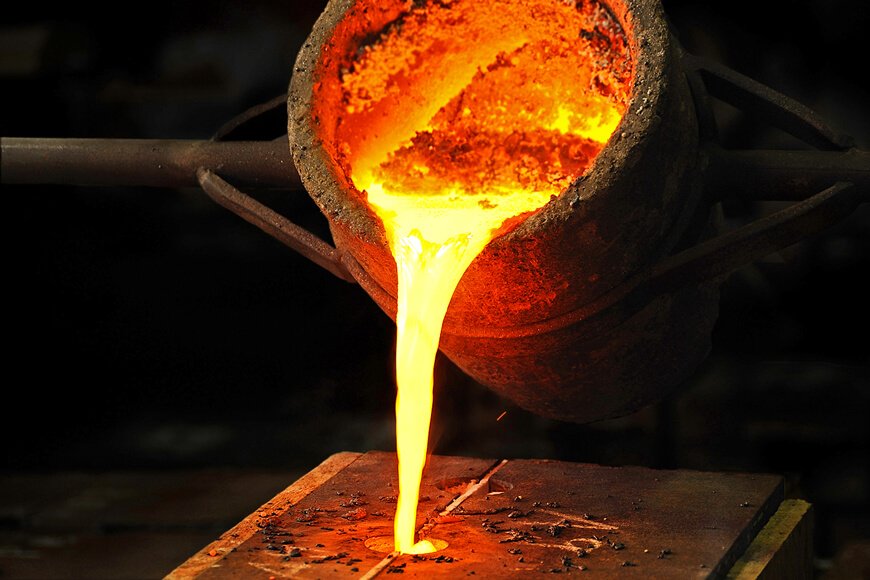- 150m Southwards, West DingWei Road, Nanlou Village, Changan Town, GaoCheng Area, Shijiazhuang, HeBei, China
- monica@foundryasia.com
Nov . 24, 2024 07:37 Back to list
Using Cast Iron Pans for Perfectly Baked Bread and Other Delicious Treats
Baking with Cast Iron Pans The Ultimate Guide to Perfect Bread
When it comes to baking bread, the tools you use can significantly influence the outcome. Among various baking instruments, the cast iron pan stands out as a remarkable choice for achieving a crusty, delicious loaf. This article will explore why cast iron pans are ideal for baking bread, different techniques you can utilize, and some tips to get the best results.
The Advantages of Cast Iron for Baking
1. Even Heat Distribution Cast iron is renowned for its ability to retain and distribute heat evenly. This characteristic is crucial for bread baking, as it ensures that your bread cooks uniformly, preventing any undercooked or overcooked sections. An even temperature allows for a better rise and a beautiful golden crust.
2. Heat Retention One of the remarkable benefits of cast iron is its heat retention property. Once heated, a cast iron pan maintains its temperature, which is essential for achieving a good oven spring. When you place your dough in a preheated pan, the radiant heat from the cast iron boosts the initial rise of the loaf, contributing to a delightful texture.
3. Versatility Cast iron pans are extremely versatile and can be used for various bread types, from crusty sourdoughs to softer sandwich loaves. They can transition seamlessly from stovetop to oven, allowing you to create recipes that require both techniques without needing additional equipment.
4. Natural Non-Stick Surface When properly seasoned, a cast iron pan provides a largely non-stick surface, reducing the chances of your bread sticking to the bottom. This feature is invaluable when trying to turn out a perfect loaf without damaging its structure.
Preparing to Bake Bread in Cast Iron
Before you start baking, there are a few essential steps to take when using a cast iron pan
1. Preheat the Pan Always preheat your cast iron pan before adding your dough. Place it inside a preheated oven for about 30 minutes at the desired baking temperature. This step will ensure that the pan is hot enough to give your bread a good initial rise.
2. Seasoning A well-seasoned cast iron pan not only enhances the non-stick properties but also adds a unique flavor to your baked goods. If your pan is new or not well-seasoned, apply a thin coat of vegetable oil and bake it upside down in the oven for an hour to build up that essential seasoning.
3. Shape the Dough When using cast iron, opt for a shape that fits comfortably inside your pan. Whether it’s a round loaf or a baguette, shaping the dough according to the size of the pan can help it cook evenly.
cast iron pan for baking bread products

Baking Techniques
Using a cast iron pan opens up a world of baking techniques
- Dutch Oven Method A popular method involves using a cast iron Dutch oven. This creates a steamy environment that mimics a professional bread oven. When the dough is placed inside, the lid traps steam, which helps develop a crisp crust while keeping the inside moist.
- No-Knead Bread The cast iron pan is perfect for no-knead bread recipes, which require minimal effort and time. Simply mix your ingredients, let the dough rise overnight, and then transfer it to a preheated pan for baking.
- Scoring the Bread Before placing your loaf in the oven, make shallow cuts on the surface with a sharp blade. This scoring allows the bread to expand and ensures an attractive appearance while enhancing the texture.
Troubleshooting Common Issues
Even with the best tools and techniques, baking may not go as planned. Here are some tips to troubleshoot common problems
- Bread Sticking If your bread sticks to the pan, it may be a sign that it needs better seasoning or flouring before baking. Make sure to dust the pan lightly with flour or cornmeal to prevent sticking.
- Underbaked Bread If your bread appears crusty on the outside but is doughy inside, try adjusting the temperature or baking time. A lower temperature for a longer period can help cook the interior properly.
Conclusion
Baking bread in a cast iron pan can yield fantastic results, combining the traditional and modern baking techniques to create delightful loaves. With the right preparation, techniques, and a little practice, you’ll be on your way to mastering the art of bread baking that brings warmth and flavor to your kitchen. So grab your cast iron pan, gather your ingredients, and start baking!
-
Pre-Seasoned Cast Iron Wok - Fast Heat & Durable
NewsJul.31,2025
-
Best Cast Iron Skillet for Grill with GPT-4 Turbo
NewsJul.31,2025
-
Best Cast Iron Skillet for Outdoor Grill – Versatile & Lightweight Options
NewsJul.30,2025
-
High-Quality Iron Dutch Oven Pot for ODM & OEM Solutions
NewsJul.29,2025
-
Best Cast Iron Skillet for Outdoor Grill – Versatile, Durable & Lightweight
NewsJul.29,2025
-
Pre Seasoned Cast Iron Skillet First Use Guide for OEM & ODM Solutions
NewsJul.29,2025